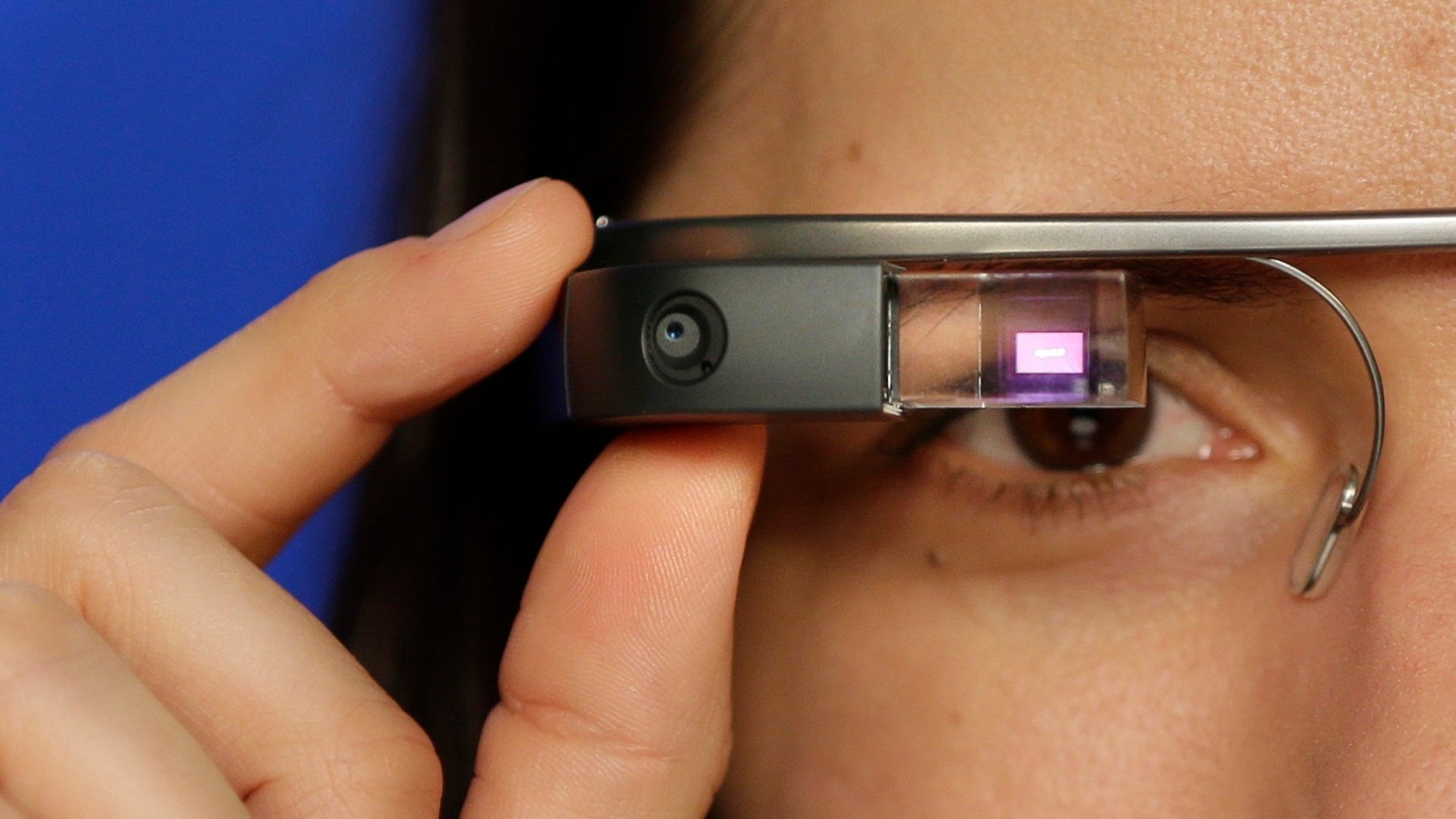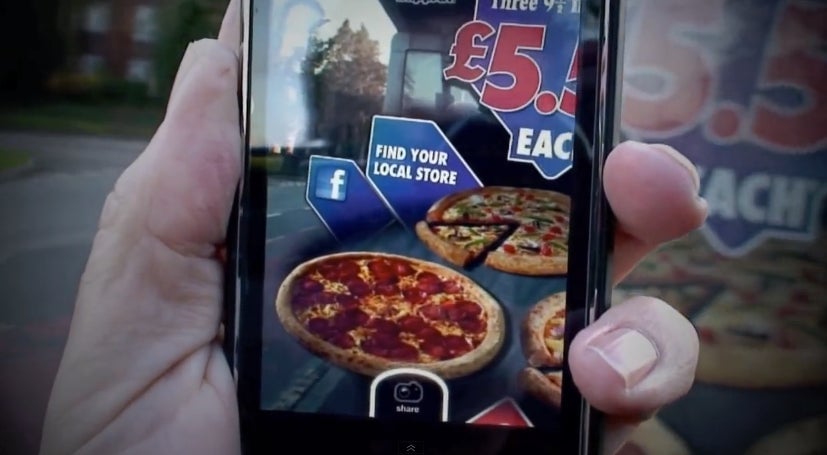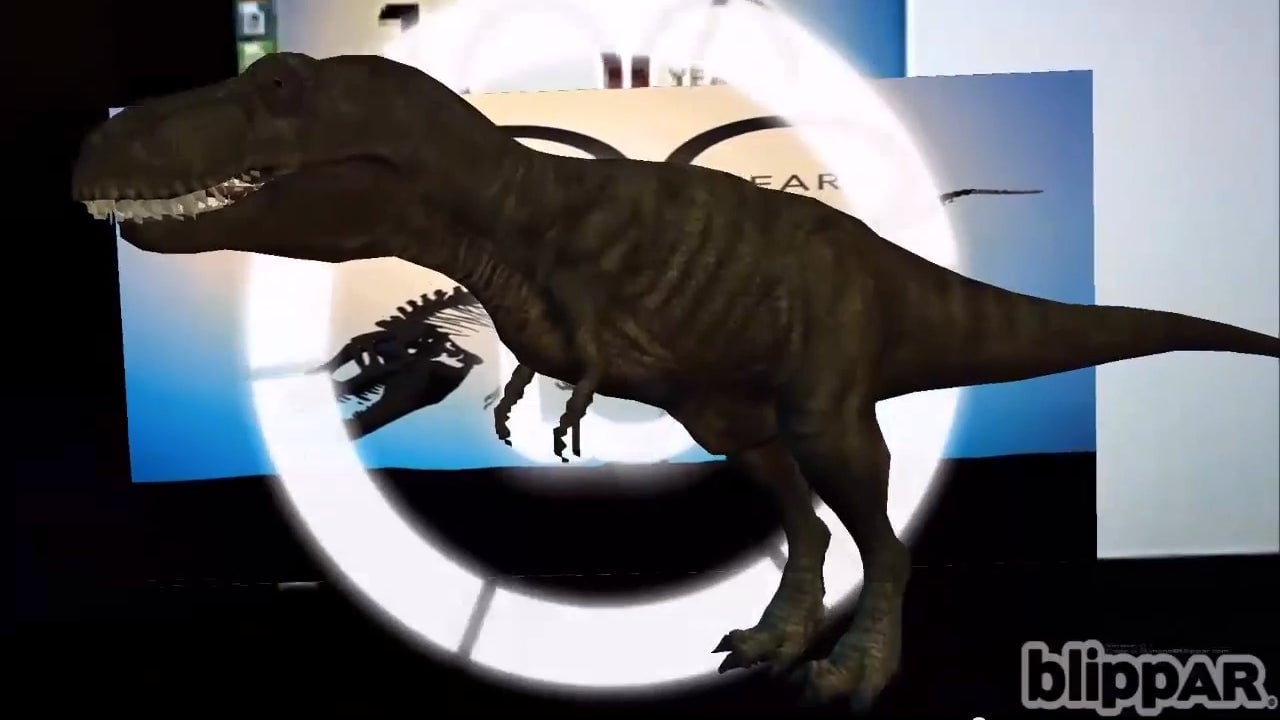True augmented reality is coming to Google Glass—along with ads
Image-recognition and augmented reality app Blippar will be the first of its kind on Google Glass, the company announced today at the Mobile World Congress. That means that entertainment—and advertisements—on Glass’s screen will interact seamlessly with the real-world objects in front of you.


Image-recognition and augmented reality app Blippar will be the first of its kind on Google Glass, the company announced today at the Mobile World Congress. That means that entertainment—and advertisements—on Glass’s screen will interact seamlessly with the real-world objects in front of you.
Augmented reality (AR) is already a popular marketing and entertainment tool, but current viewing options present a barrier: Applications that lay information or games over a real-world object require you to hold your smartphone up between you and what you’re viewing. But full integration with smart glasses will fix that, allowing users to view augmented images seamlessly. In fact, a report by Juniper Research predicts that AR users worldwide will increase from 60 million to 200 million over the next five years—an estimate largely based on the expectation that Google Glass will take off.
“Blipping” uses Blippar’s image recognition to pull up AR overlays for any object in it recognizes. A can of Coke, for example, or any image of a particular painting. “You can look at a Coke can and see an advertisement,” CEO and co-founder Ambarish Mitra told Quartz, “or look at print media and get linked to relevant information.”

Blippar is a platform; It doesn’t create content. So Mitra isn’t dictating which objects will be augmented, and how. The smartphone version of the app does more educational work than commercial—only 30% of Blippar’s content is the latter. The rest is made up of clients like museums and magazines. “Just imagine walking into the natural history museum,” Mitra said, “and using it to see more information on the dinosaurs.” There’s been discussion of medical applications as well: Insulin products could come with video instructions for their injection, and medication could have in-depth information on dosage and possible side effects ready at the blink of an eye.

But if Google Glass (which should be available to the public within the next year) takes off, won’t advertisers clamber for the chance to show you an ad whenever you see their product? Mitra says that won’t happen, at least on the Blippar platform. “We’re not a location-enabled app that just turns on,” he said. “You’ll be able to see an ad or a product and say, ‘OK Glass,’ and let it kick in. No one can force you to view anything.”
The idea of image recognition in Glass isn’t new, and Mitra is well aware. “There have been a lot of promises made about how the world is going to become,” he said, “But we’re not talking about a vision of the world in 2025. This is ready today.” Hopefully tomorrow won’t bring more insidious AR advertisements to your wearable computer.